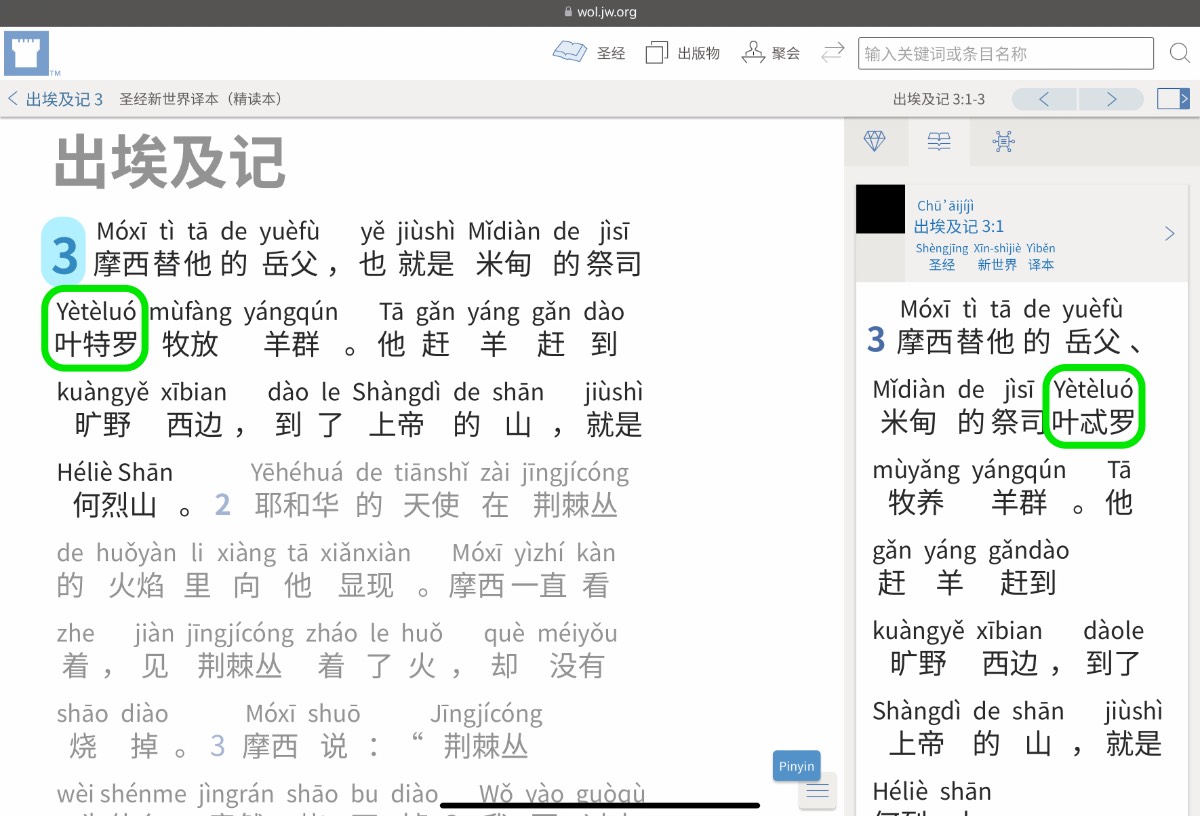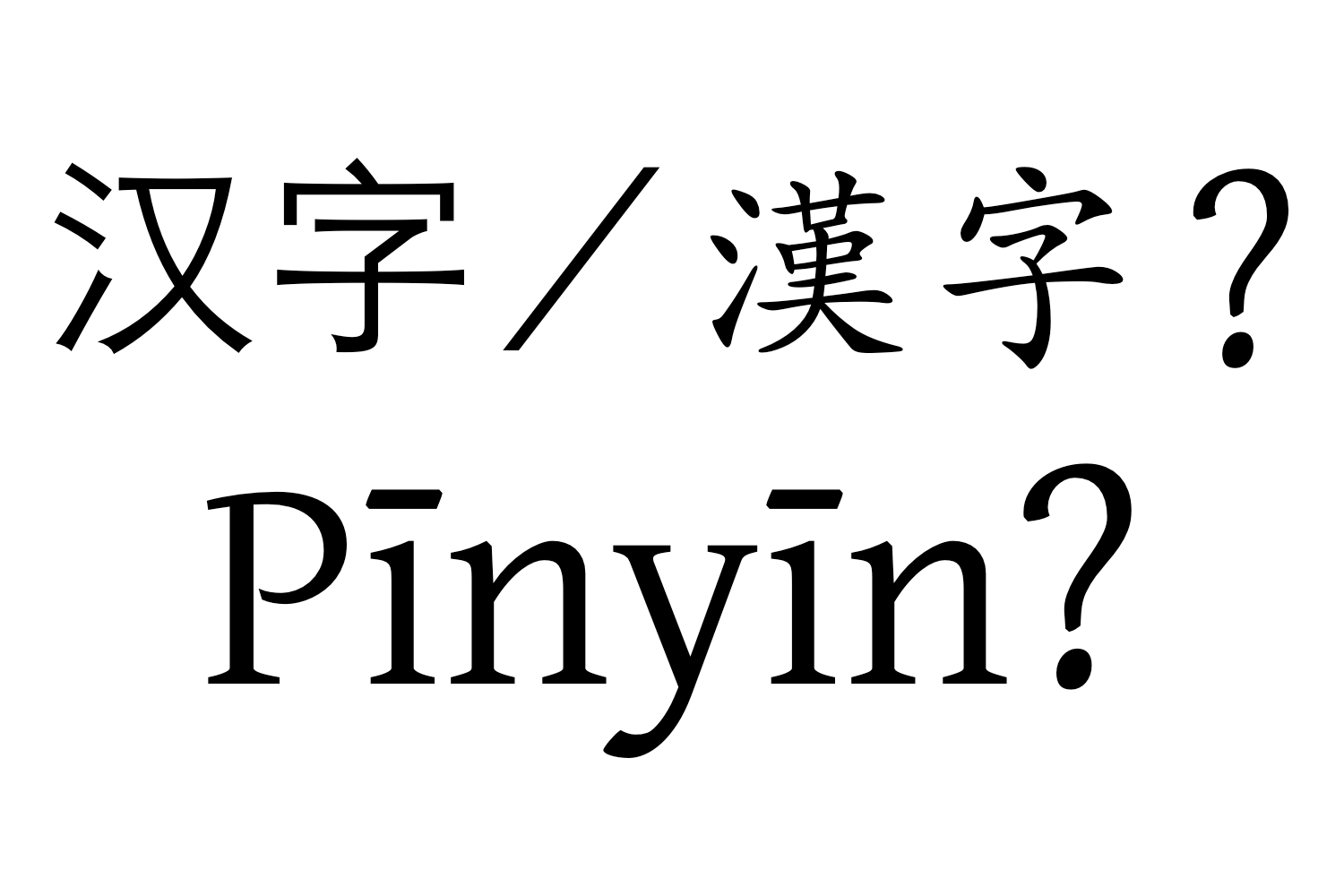Yēsū
(Jesus’
耶稣
耶穌)
Xīshēng
(Xī·shēng
{Sacrifice (n)} · {(as with a) Domestic Animal} → [Sacrifice]
牺牲
犧牲)
Jìniàn Jùhuì
((Jì·niàn
Remembering · {Thinking Of} → [Commemorating]
记/纪念
記/紀念)
(Jùhuì
Meeting
聚会
聚會)
→ [Memorial])
← Tap/click to show/hide the “flashcard”
This year’s Memorial is scheduled for this week, so this week’s MEotW is “Yēsū (Jesus’ 耶稣 耶穌) Xīshēng (Xī·shēng {Sacrifice (n)} · {(as with a) Domestic Animal} → [Sacrifice] 牺牲 犧牲) Jìniàn Jùhuì ((Jì·niàn Remembering · {Thinking Of} → [Commemorating] 记/纪念 記/紀念) (Jùhuì Meeting 聚会 聚會) → [Memorial])”. This is currently the official way to translate “the Memorial of Jesus’ death” into Mandarin, as can be seen by comparing the English and Mandarin pages for the Memorial on jw.org.
It’s worth noting that this is a simple, straightforward, functional translation, free of unnecessary sentimentality or ceremony. As one dictionary puts it, “ceremony”, in this case, refers to:
The formalities observed on some solemn or important public or state occasion in order to render it more imposing or impressive: as, the ceremony of crowning a king, or of laying a foundation-stone; the ceremony of inaugurating the President of the United States.
Indeed, for those of us who appreciate Jesus’ ransom sacrifice, the Memorial is about this appreciation, not about ceremony or empty or showy rituals.
What Price Ceremony?
The matter of unnecessary ceremony reminds me of something I heard in a podcast a while ago:
Ben Cohen, manager of the Swift team at Apple, speaks of their core design goal of making the Swift programming language ceremony-free.
Chinese characters have lots and lots and lots of ceremony, especially compared to _Pīnyīn_.https://t.co/vPLUThxUYp pic.twitter.com/aDOlKOIbWt
— Troubadour WW (@troubadourww) June 25, 2022
Here is a clip of the podcast referred to in the tweet above, in which Mr. Cohen speaks of the core goal to make Swift ceremony-free:
As the above tweet also mentions, Chinese characters have oodles and gobs of unnecessary, time-and-energy-consuming ceremony, especially compared to the simple, straightforward, and elegant Pīnyīn (Pīn·yīn {Piecing Together of} · Sounds → [Pinyin] 拼音) writing system. And, echoing Mr. Cohen’s observation that ceremony can weigh programmers down and rob them of the joy that they could otherwise feel when coding, many have found that the unnecessary, traditionally mandated complexity and ceremonial baggage of Chinese characters can weigh down Mandarin learners and take away much of the joy that they should be able to feel from learning how to really communicate with Mandarin-speaking people.
Is it appropriate for us to look at the Chinese characters writing system through the same lens that we use to look at a technological system like the Swift programming language? It really is, because while the Chinese characters writing system is indeed a matter of culture, all writing systems are simultaneously technologies, applications of skills and knowledge for practical purposes.

